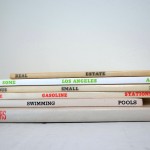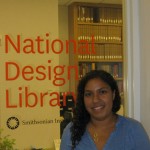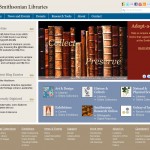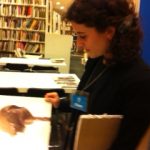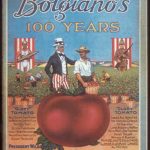
In honor of the patriotic spirit of the Fourth of July, plus the gardening season that is upon us, we take a special look at victory gardens!
Though more known for their place in the Second World War, victory gardens (or war gardens as they were initially called) were first advocated during World War I. In addition to rationing other goods, citizens were urged to do their patriotic duty and grow their own vegetables, fruits and herbs at home in order to free up resources for the military. It was hoped that with more resources, the U.S. forces would have better success on the warfront.

